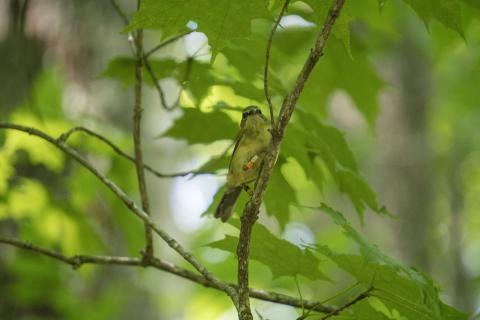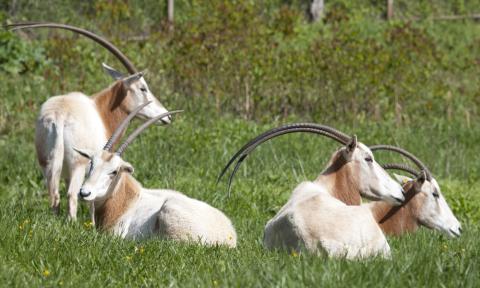News
Displaying 726 - 750 of 2289
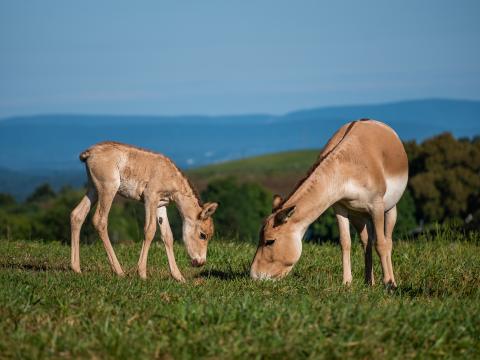
September 18, 2019
Our Partners in Onager Conservation
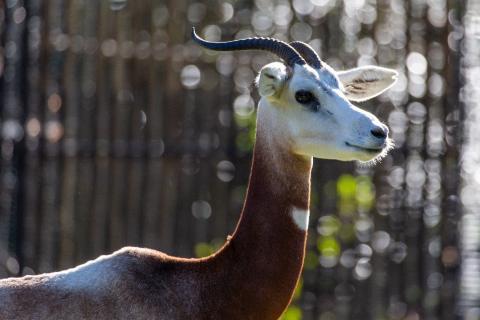
September 16, 2019
Dama Gazelle Dies at Smithsonian’s National Zoo

September 12, 2019
Zoo Neighborhood Council Meeting: Sept. 4, 2019
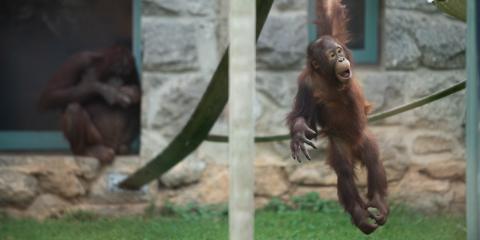
September 12, 2019
#OrangutanStory: Happy 3rd Birthday, Redd!
September 11, 2019
Giant Panda Mei Xiang Is Not Pregnant
September 10, 2019
First Ever Clouded Leopard Cubs Debut at the Smithsonian's National Zoo
September 09, 2019
Clouded Leopard Cub Media Preview
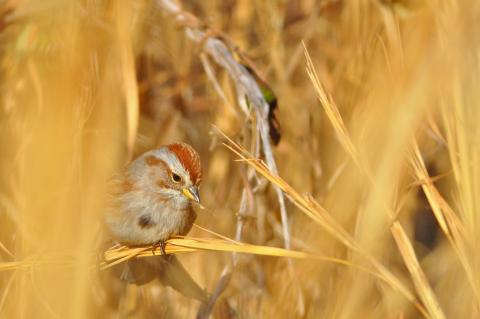
September 06, 2019
Not All Birds Fly South for the Winter
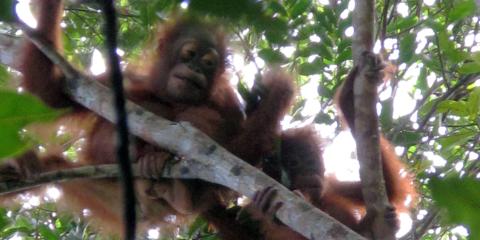
September 06, 2019
Primate Diary: Observing Orangutans in the Wild
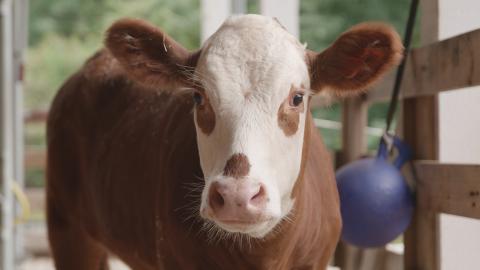
September 06, 2019
New at the Zoo: Meet Hereford Calf Willow!
August 30, 2019
Fall 2019 Events at Smithsonian’s National Zoo
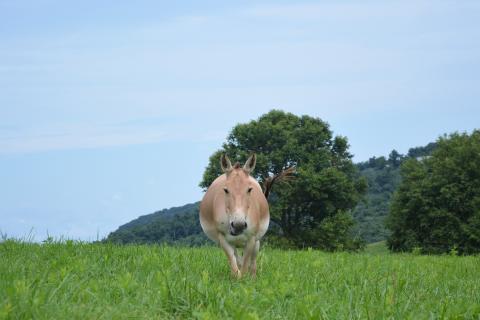
August 23, 2019
The Particulars of Onager Pregnancy
August 22, 2019
Sea Lion Dies at Smithsonian’s National Zoo

August 20, 2019
Bei Bei’s Fourth Birthday Celebration
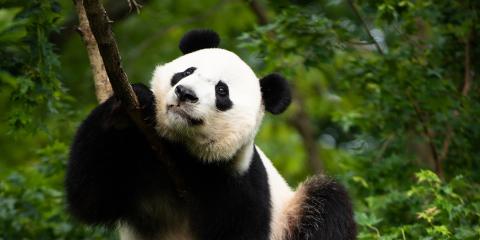
August 20, 2019
Bei Bei is Turning Four!
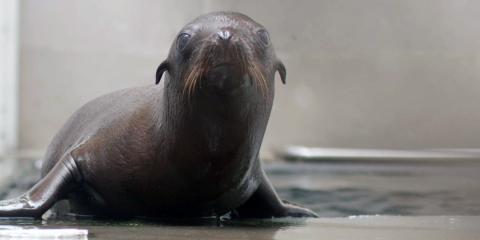
August 19, 2019
Sea Lion Pupdate: August 2019
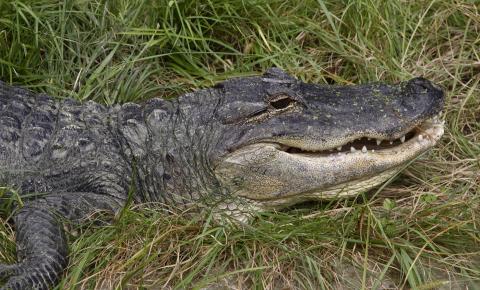
August 16, 2019
11 Funny Animal Jokes for Kids (and Kids at Heart)
August 15, 2019
Juvenile Dama Gazelle Dies at the Smithsonian’s National Zoo
August 15, 2019
Hereford Calf Debuts at Smithsonian’s National Zoo
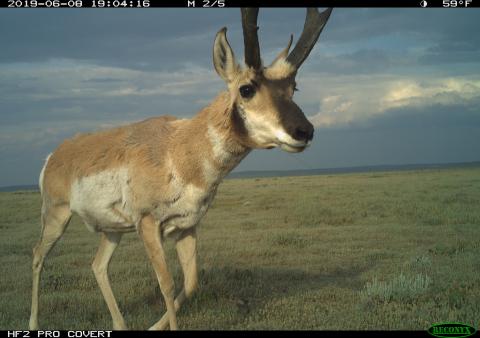
August 12, 2019
Studying Animals in Extreme Landscapes
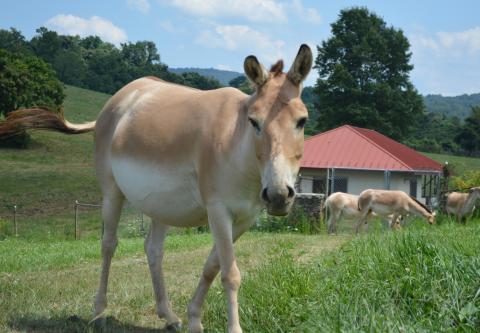
August 08, 2019

